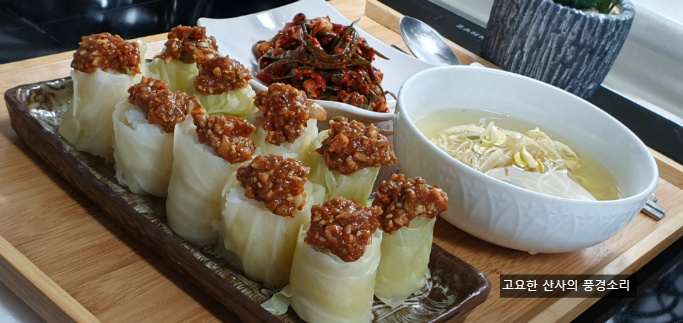
The best ingredient to protect stomach health, cabbage! Ssamjang
The best ingredient to protect stomach health, cabbage! Cabbage called ssamjang and ssambap \"doctor of the poor\" was used as a panacea in ancient Rome, and there is a record that Hippocrates, the father of medicine, prescribed cabbage to patients with gastrointestinal diseases.
2 serving
Within 15 minutes

저녁노을
- Ingredients
-
-
red pepper paste1spoon
-
Soybean paste1spoon
-
crushed garlic1spoon
-
Sesame oil1spoon
-
sesame salt1spoon
-
Nuts3spoon
-
Banana1ea
-
Cabbage1/4ea
-
instant rice2/3bowl
-
Banana
-
Ssamjang
-
- Cooking Steps
-
STEP 1/41. How to wash cabbage
Cabbage is rich in beta-carotene, which helps antioxidants, and this beta-carotene is destroyed when it meets the organic acid of vinegar, so it should not be used together. On the other hand, the abundant saponin and catechin in green tea not only remove residual pesticides left in vegetables but also help discharge heavy metals accumulated in the body, so it is good to use green tea water when washing cabbage.
Put 1 tsp green tea powder in 1L of water, soak cabbage for 5 minutes, and wash it thoroughly under running water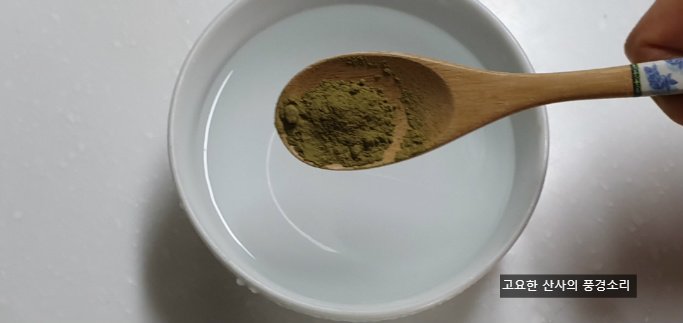 STEP 2/42. Cabbage Ssamjang
STEP 2/42. Cabbage Ssamjang
Add 1 spoon each of red pepper paste, soybean paste, minced garlic, and sesame oil, and add sesame salt and nuts.
Mash one banana and mix well.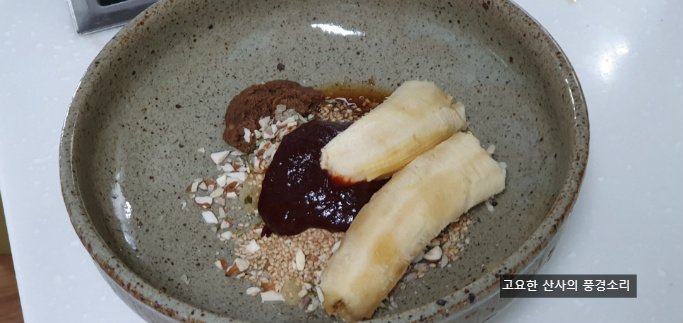 STEP 3/43. Cabbage and rice wrapped in lettuce
STEP 3/43. Cabbage and rice wrapped in lettuce
The cabbage washed in green tea water is steamed on a sambalee and prepared with ssamjang.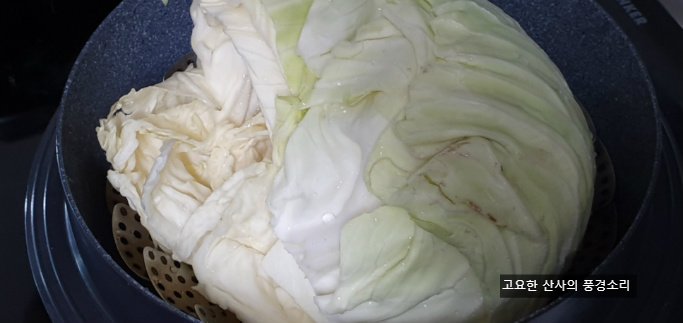 STEP 4/4Cut the cabbage into long pieces, put rice on it, and roll it up.
STEP 4/4Cut the cabbage into long pieces, put rice on it, and roll it up.
Put ssamjang on top and complete.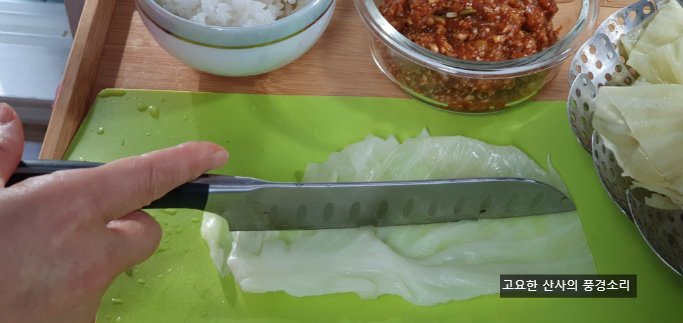 1. Why does cabbage help your stomach? Cabbage, one of the three major long-lived foods in the West, contains dietary fiber and selenium, which helps remove free radicals and relieve stomach inflammation. In particular, it is rich in vitamin U and K components that promote strengthening and regeneration of gastric mucosa, which is helpful for stomach health such as gastric ulcers, gastritis, and reflux esophagitis. 2. How do you eat cabbage? The cabbage's vitamins U and K, which are beneficial for the health of the stomach, are abundant in the wick, and vitamin C, which removes active oxygen, is more abundant on the outside than the inner leaves of the cabbage. Therefore, you have to eat everything from the outer leaves to the wick to get help from your stomach. 3. Tips for choosing fresh cabbage!! - round and greenish - a heavy and firm thing
1. Why does cabbage help your stomach? Cabbage, one of the three major long-lived foods in the West, contains dietary fiber and selenium, which helps remove free radicals and relieve stomach inflammation. In particular, it is rich in vitamin U and K components that promote strengthening and regeneration of gastric mucosa, which is helpful for stomach health such as gastric ulcers, gastritis, and reflux esophagitis. 2. How do you eat cabbage? The cabbage's vitamins U and K, which are beneficial for the health of the stomach, are abundant in the wick, and vitamin C, which removes active oxygen, is more abundant on the outside than the inner leaves of the cabbage. Therefore, you have to eat everything from the outer leaves to the wick to get help from your stomach. 3. Tips for choosing fresh cabbage!! - round and greenish - a heavy and firm thing
- Cooking review
-
5.00score
-
563*****scoreIt's a new taste because the nut's savory taste and the sweet taste of bananas are melted, but it's a bean paste that kids eat well and keep on reaching for I really enjoyed the food2021-02-07 15:13
-
- Bibimbap Recommended recipe
-
-
1
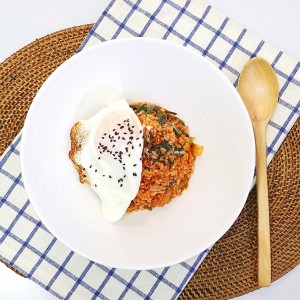 [Honbab Menu] How to make simple young radish bibimbap, how to m4.87(94)
[Honbab Menu] How to make simple young radish bibimbap, how to m4.87(94) -
2
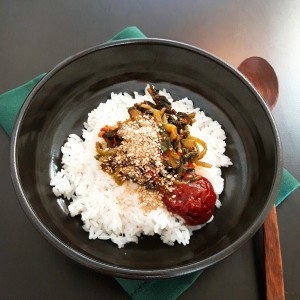 Young radish bibimbap, a simple meal5.00(10)
Young radish bibimbap, a simple meal5.00(10) -
3
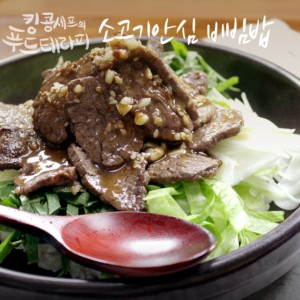 A bowl of rice will restore your energy. Beef tenderloin bibimba5.00(9)
A bowl of rice will restore your energy. Beef tenderloin bibimba5.00(9) -
4
 Cooking as I want @Avocado Bibimbap4.64(11)
Cooking as I want @Avocado Bibimbap4.64(11)
-
- Bulgogi Recommended recipe
-
-
1
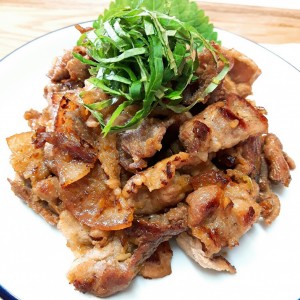 Pork bulgogi is a popular dish to grill4.92(156)
Pork bulgogi is a popular dish to grill4.92(156) -
2
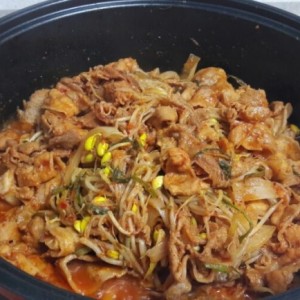 "Bean fire without failure!" Dinner menu recommendation. Making4.88(33)
"Bean fire without failure!" Dinner menu recommendation. Making4.88(33) -
3
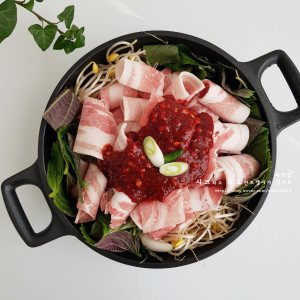 Making Jongwon Baek bean sprout bulgogi4.94(63)
Making Jongwon Baek bean sprout bulgogi4.94(63) -
4
 Pork, red pepper paste, bulgogi~ How to make it simple and delic5.00(29)
Pork, red pepper paste, bulgogi~ How to make it simple and delic5.00(29)
-